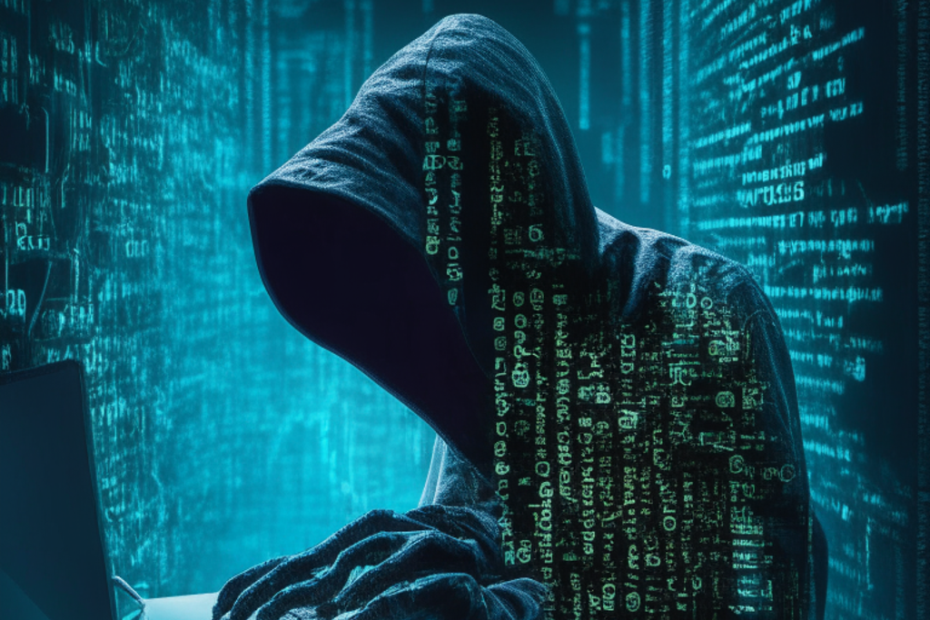
Cyber Security
Contents
Cyber Attack
As we take advantage of our communication and technological advancement in the cyber age, we have also got a new threat. This new threat is cyber attack, which means attack on computer network, electronic system or internet. Cyber attacks are often unintentional and can result in harm to a multitude of organizations, governments, individuals, and the general public.
Types of Cyber Attack
There are different types of cyber attacks, which are used so that the criminal person or organization can accomplish certain objectives. Below are some of the major cyber attack types:
- Virus: Virus is the most famous form of cyber attacks. A virus is a computer program that can disguise itself as a host of programs and enter a computer system to steal personal information from the user or cause damage to the system.
- Phishing: In a phishing attack, the perpetrator uses specific information such as user responses, usernames, and passwords through his or her illegal attempts. This is a prime way of deceiving users to steal personal or financial information.
- Denial of Service (DoS) and Denial of Service (DDoS): These attacks affect network operations and make services unavailable. In DoS attacks, an attacking user can render a server unusable by attacking the free bandwidth of the network. In DDoS attacks, a number of computers or Internet connected devices work together to launch an attack.
- Ransom ware: In Ransom ware cyber attacks, the vendor demands a sum of money to lock down the user’s system or data. This allows the user to recover their system and data.
Tips to reduce the risk of cyber attack:
- Update Safety Information: It is important to keep safety information up to date with the latest regulations and techniques. All devices, software and users should be using the latest security updates and patches.
- Use a strong password: Use a combination of length, letters, numbers, special symbols and upper-case letters to create a secure password. Use different passwords for personal and business accounts.
- Be alert for phishing email messages: Be alert for unsolicited email messages and click only when necessary. Identify live email messages, links, or requests and report spam.
- Data Security: Strengthen the security of your data. Use secure storage, encryption, and regular backup mechanisms. Use high level security tools to secure personal and official data.
- User Training: Make your employees and users aware about cyber security. Educate them about safe Internet browsing, email alertness, avoiding unwanted downloads, and spotting cyber fraud.
- Strong wireless security: Use encryption, additional password protection, and a DNS firewall to secure your wireless network. Use network scanning, DNS filtering, and management wireless resources.
- Priority of Security Updates: It is very important to perform security updates in a timely manner. Software, operating system, and other security related tools have been updated to the latest versions.
Cyber Security
Cyber security is known as the protection of networks and computer systems from the unauthorized attacks by some dangerous actors to damage the software, hardware or for authorize use of data or service. There are various elements of cyber security that that everyone should aware of.
Elements of cyber security:
- Firewall: A firewall controls Internet traffic to protect a user’s computer and network from unauthorized and unauthorized access. It blocks unauthorized or hostile traffic and passes only traffic coming from permitted or trusted sources.
- Antivirus software: Antivirus software is a program used to protect computers and devices from unauthorized or harmful software. It identifies and removes untrusted files, viruses, malware, and other dangerous infections.
- Internet Alertness: Through Internet Alertness users can keep their online activities safe. This includes using a secure website, using up-to-date software, email alertness, and making online payments securely.
- Secure Data Storage: Users can keep their personal, financial and organizational information safe through secure data storage. This can be done by using encryption, password protection, backup, and secure public and private cloud storage.
- Password Protection: Users can keep their accounts secure by using strong passwords. This includes using length, letters, numbers, special characters, and upper-case letters. Different passwords should be used for personal and professional accounts.
